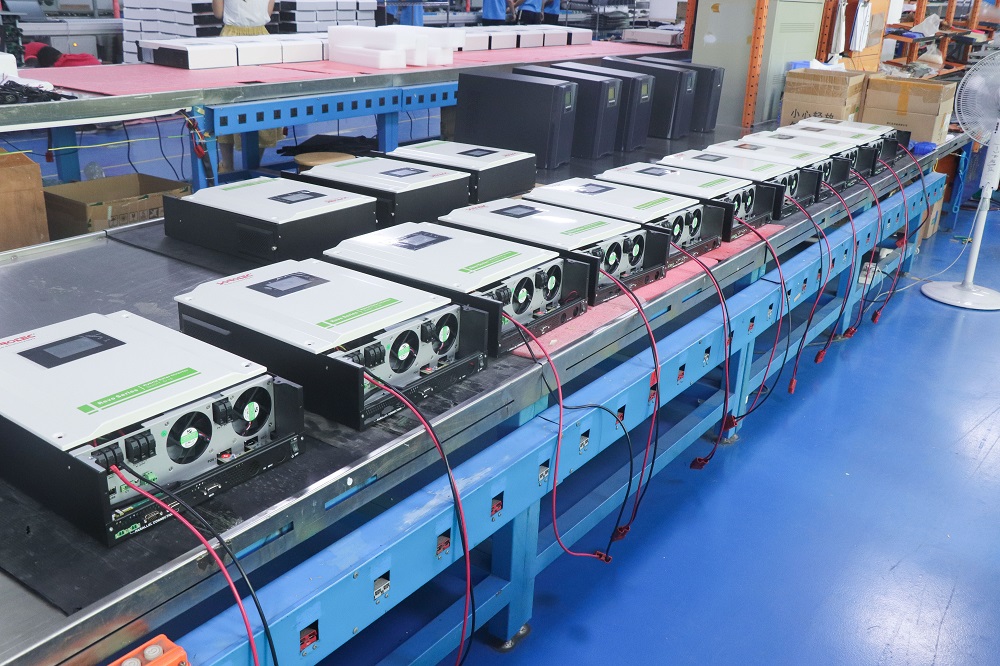What is the conversion efficiency of a photovoltaic inverter? In fact, the conversion rate of a photovoltaic inverter refers to the efficiency of the inverter to convert the electricity emitted by the solar panel into electricity. In the photovoltaic power generation system, the function of the inverter is to convert the direct current generated by the solar panel into alternating current, and transmit the alternating current to the power grid of the power company, the conversion efficiency of the inverter is high, and the power for home use and transmission will increase.
There are two factors that determine the inverter efficiency:
First, when converting a DC current into an AC sine wave, a circuit using a power semiconductor needs to be used to switch the DC current. At this time, the power semiconductor will heat up and cause losses. However, by improving the design of the switching circuit, this loss can be reduced. reduced to a minimum.
The second is to improve efficiency by virtue of inverter control experience. The output current and voltage of the solar panel will change with sunlight and temperature, and the inverter can optimally control the current and voltage to achieve the maximum amount of power, that is, find the best power in the shorter time. The higher the power point, the higher the conversion efficiency. This control characteristic of the inverter will vary from manufacturer to manufacturer, and its conversion efficiency will also vary. For example, some inverters have high conversion efficiency at maximum power output, but low conversion efficiency at low power output; others maintain average conversion efficiency from low power output to high power output. Therefore, when selecting an inverter, it is necessary to consider the matching with the output characteristics of the installed solar panel.
Post time: Jan-11-2022







